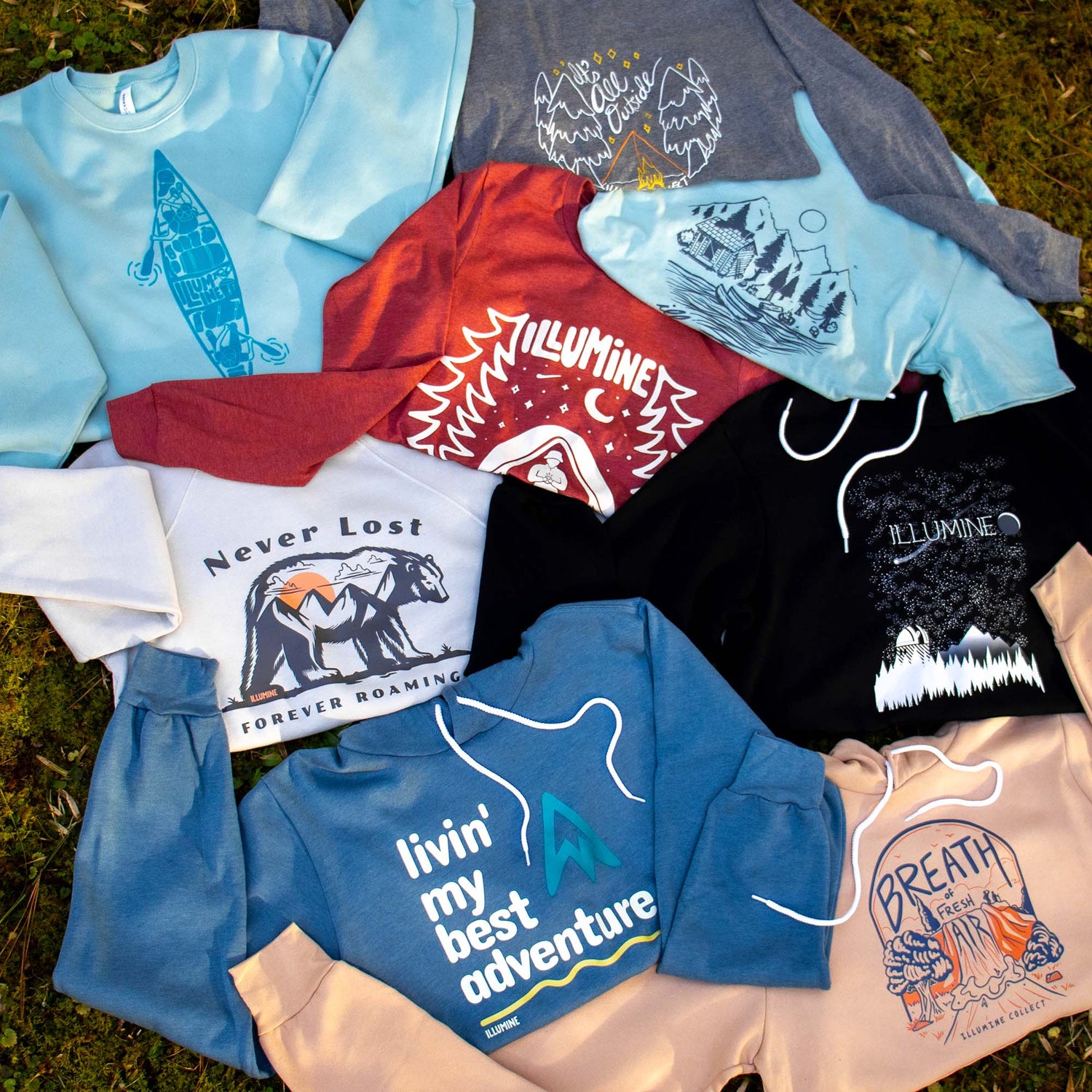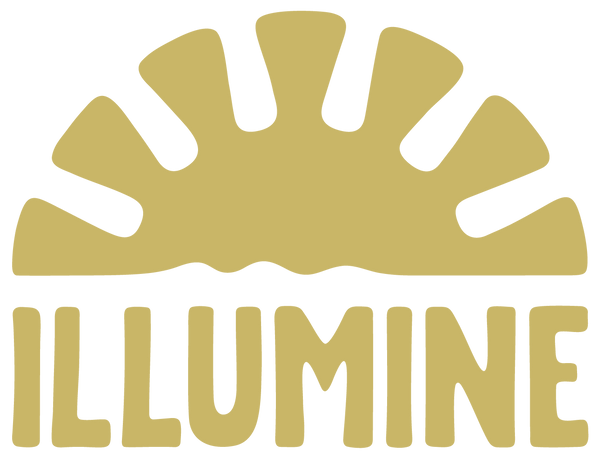An Interview with Todd Wilkinson of the James River Basin Project
Interview by Jeremy Lux, article written by Eric Gasa
For all the knowledge he knows about the environment, Todd Wilkinson must feel like he has the weight of the natural world on his shoulders. From the cause of algae streams in the James River to the Swiss cheese-like karst topography of our bedrock, Wilkinson is not only knowledgeable, but fascinating to hear speak about the intrinsic details and importance of our environment.
Though we all enjoy being outside and feeling the grass on our feet and the crystal clear water on our skin, not very often do we think about what goes into making these natural comforts a reality.
For the Life in Motion podcast, Jeremy Lux chats with Wilkinson, a former park ranger and member of the James River Basin Partnership about his career, the time the James River went viral for all the wrong reasons, and the insurmountable importance of our rivers and streams.
You may not know it, but you’re probably standing over a watershed. You can’t hear it, you can’t feel it, but it’s certainly there beneath your feet and it’s all interconnected with the water that pour from our faucets and flows through our rivers. In short, Wilkinson’s mission at James River Basin Partnership, or JRBP, is to educate the public on how to safely enjoy and preserve our precious water sources.
“So how exactly did you get started with all this?” asks Lux.

“It’s honestly like a meandering river,” Wilkinson replies, “You know Mark Twain once said that the river has a new story to tell every day on the Mississippi.”
Wilkinson, being a history buff can’t help but reference the clever Missourian writer.
But he’s certainly telling the truth when he compares his own life to a meandering river. Wilkinson’s story starts in Springfield, Mo where he grew up and attended college. In his spare time, he did Civil War reenactments at Wilson’s Creek or as how he casually describes “shooting cannons and muskets on the weekends.”
Sounds like a pretty awesome hobby honestly.
Eventually Wilkinson became a park ranger at Wilson’s Creek. He loved his job but he learned something peculiar about himself as time passed:

“The more I worked as a park ranger, the more I discovered that I liked the holistic park experience rather than just focusing on the Civil War,” Wilkinson remarks.
To gain a greater knowledge of the natural world, he joined the Coast Guard Auxiliary of Southwest Missouri which curiously enough is actually the largest coast guard district in the nation.
In the service, Wilkinson learned a wealth about environmental protections and marine safety which made him a perfect fit for the nonprofit goals of the JRBP. It would be one of the most satisfying decisions of his career.
“I had the experience and I just love to tell stories,” Wilkinson says, “So it was just a natural fit. I found myself in a world that I kind of knew existed, but I never realized how good the nonprofit world was. I find myself every day going, ‘Why didn’t I find this sooner?’”
As Wilkinson describes, the JRBP is a grassroots organization that started in 1998 with the mission of cleaning up Missouri’s streams and lakes.

“You know, Big Smith had that song ‘Dirty Old James,’ which is how a lot of people think of the James, a dirty river,” he recalls.
Wilkinson mentions a well-known photo of the James back in the 90s, with a greasy 14-mile-long algae bloom running down its middle. The picture was famous for all the wrong reasons; the river was seriously polluted. It was a wakeup call for the Ozarks.
Fortunately, after years of hard work the James River has returned to its more pristine self and remains a great place for tourism and recreation. Today, the JRBP is always taking volunteers to help pick up trash and organizes shore side cleanups in an effort to keep the community involved with its most valuable and irreplaceable resource.
According to Wilkinson, Missouri has really led the way with putting together stream teams and including the public with environmental projects. And even if you don’t have the time to pick up some trash, you can always start a JRBP membership for as little as $2.50 per month.
“What else can you get for $2.50 these days?” Wilkinson adds.

He makes a great point. It’s a very small price to pay to ensure the natural beauty of the Ozarks. For Wilkinson, preserving our rivers and streams is a concern that lands close to home; taking care of our environment is much like investing in a world that future generations can enjoy.
Wilkinson reminisces about when he was a professor at OTC and would take his students out on field trips to Wilson’s Creek and the Nathan Boone Homestead. Being outdoors was not only a great way to expand the classroom but also create a genuine bond between communities, history, and the environment. JRBP seeks to keep that tradition alive for countless generations, one volunteer at a time.
Wilkinson loves his job because it not only gives him an opportunity to enjoy the natural world, but also share the river’s story about our past and identity as Missourians.
“Storytelling is very important to me. Just like Mark Twain learning the river as a steamboat pilot, he had to learn every band, snag, and shoal; and it constantly changed. That's the same way I work in this job,” he says, “I feel like that riverboat pilot, it's a new story every day.”
***
To connect with the James River Basin Project, check out their website www.jamesriverbasin.com as well as their socials on Facebook, Instagram, and Twitter. Todd Wilkinson is an incredibly knowledgeable guy and we highly recommend checking out his fill interview with Jeremy Lux. It’s a great conversation that’s honestly too good to fit into one article.
To hear the full story, including more on Todd’s time in the Coast Guard, the importance of watersheds, and how you can get more involved with your local rivers and streams, check out the Life in Motion podcast with Jeremy Lux on iTunes, Spotify, and Google Play.


